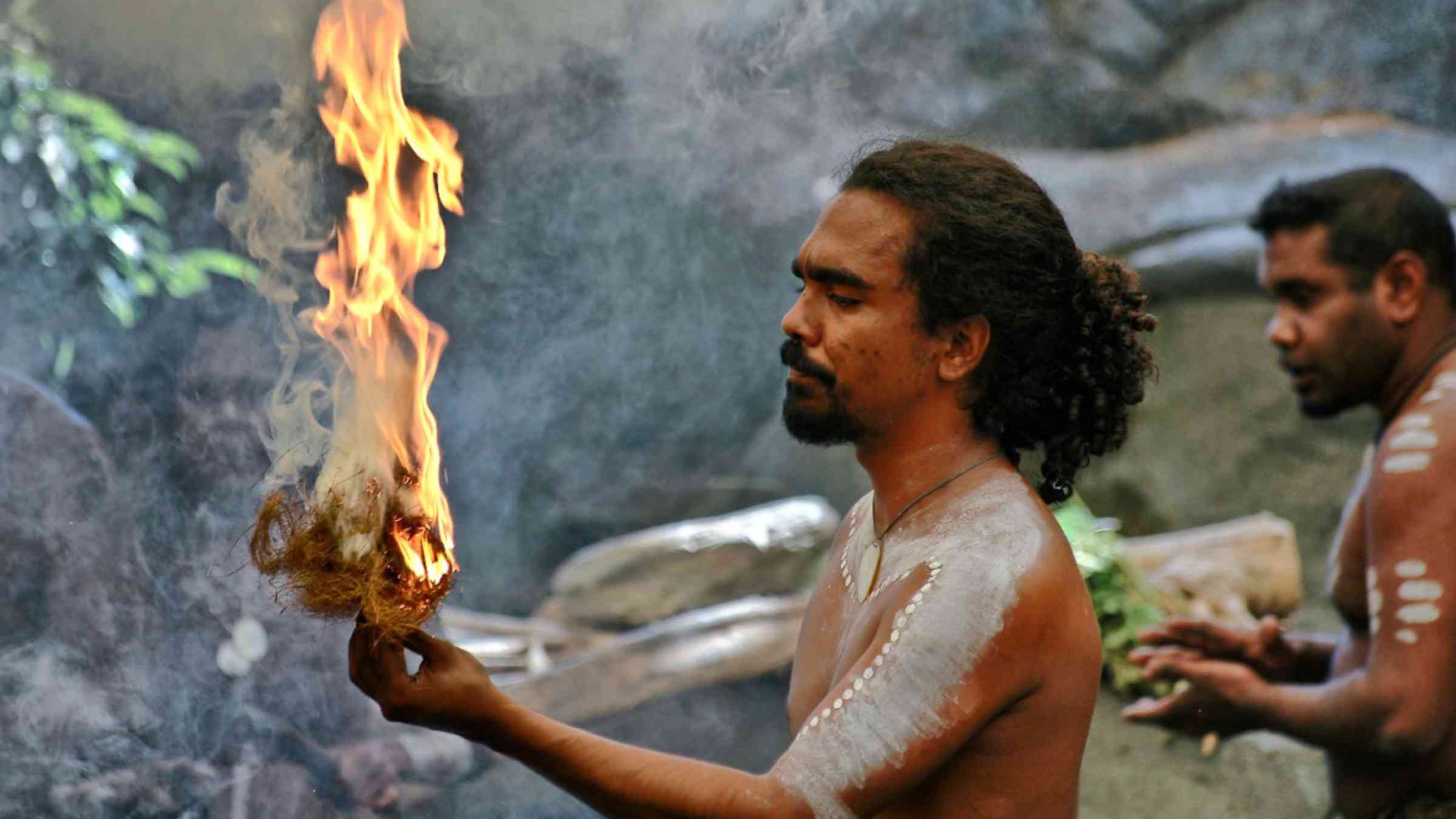Share new content on Traditional and Indigenous knowledges and Cultural Heritage on PreventionWeb

Showing how different forms of knowledge can contribute to reducing disaster risk, as well as how to conserve and manage cultural heritage against natural hazards.
By living in hazard-prone areas and experiencing natural hazards over time, local and indigenous communities have developed a multi-layered knowledge of disasters in their localities. That traditional and indigenous knowledges have allowed communities to thrive and build capacity in challenging physical landscapes and multi-hazardous environments.
The United Nations Office for Disaster Risk Reduction (UNDRR) through collaboration with the International Centre for the Study of the Preservation and Restoration of Cultural Identity (ICCROM) invites professionals active in the traditional/indigenous knowledge and cultural heritage sector to share news articles, publications, and blogs on PreventionWeb. This call aims to strengthen the linkages between the traditional and indigenous knowledge/cultural heritage and the disaster risk reduction communities.
Explore our existing content on:
Traditional and Indigenous knowledges covers aspects related to practices and skills to reduce community vulnerability and cope with hazards, accumulated over many years of living in a specific environment and passed down from one generation to another. Cultural heritage content highlights efforts to protect cultural heritage from disaster risk, including tangible heritage (monuments, archaeological sites, paintings, manuscripts, sculpture) and intangible heritage (inherited traditions or living expressions).
You might be interested in knowing more about the traditional qanat system and its relevance to sustainable water management, or you could be curious to learn how ancient Egyptian monuments are saved from hazards. You should also watch this video UNDRR has created on how traditional knowledge contributes to reducing disaster risk, based on PreventionWeb content as well as the Words into Action guide: Using Traditional and Indigenous Knowledges for Disaster Risk Reduction.
Are we missing something? Follow the next steps to help us showcase the best practices and applications to prevent disasters.
Inclusion criteria
Content submitted to PreventionWeb must fall within the scope of disaster risk reduction. More specifically the content should:
- Describe a DRR project or initiative based on research and practice that is replicable and/or scalable;
- Describe efforts to meet the Sendai Framework targets;
- Help understand the nature of disaster risk;
- Support DRR advocacy efforts.
Read more on the editorial scope.
Submission Guidelines
To submit a news article, a publication, or a blog idea, please use the relevant submission form and follow the guidelines. You can also submit content directly on the respective theme pages on traditional and indigenous knowledge, and cultural heritage.
Academic publications should be open access and published in a journal. The PreventionWeb Editors’ team will review the content you submitted and will get back to you with any queries.